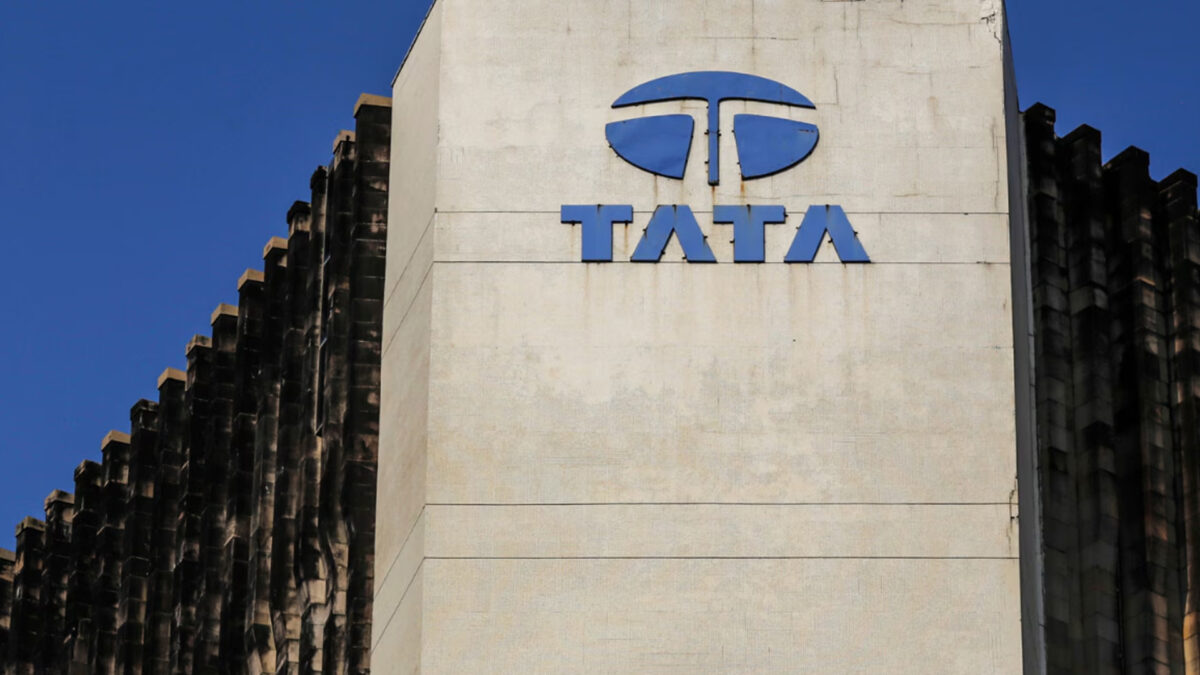Tata Motors officially completed its demerger on Wednesday, marking the creation of two separate publicly listed entities. The restructuring separates the company’s commercial vehicle operations from its passenger vehicle segment, which includes electric vehicles (EVs) and the Jaguar Land Rover (JLR) brand. The move is part of Tata Motors’ strategy to provide operational clarity and allow each business to focus on its core areas, while potentially unlocking shareholder value.
Corporate Structure and Shareholder Details
Under the new structure, Tata Motors Limited will continue as the passenger vehicle company, overseeing its EV initiatives and managing the JLR portfolio. The commercial vehicle operations have been shifted to a newly formed company, Tata Motors Commercial Vehicles Limited (TMLCV), which will handle trucks, buses, and other commercial transport solutions.
Shareholders of Tata Motors will receive one share of TMLCV for every share they hold in the parent company, maintaining proportional ownership in both entities. This 1:1 share swap ensures that existing investors retain an equal stake across the two companies. The demerger is effective immediately, with the record date for share allocation set later this month.
Alongside the demerger, key leadership appointments have been announced. Shailesh Chandra has been appointed Managing Director and CEO of Tata Motors Passenger Vehicles Ltd., while Girish Wagh assumes the role of Managing Director and CEO of TMLCV. Both executives are tasked with steering their respective companies through the next phase of growth, including product launches, market expansion, and operational efficiency improvements.
Market Outlook and Strategic Implications
Industry analysts note that separating the commercial and passenger vehicle businesses could enhance focus and allow more targeted growth strategies. TMLCV is expected to concentrate on strengthening its commercial vehicle portfolio, leveraging its expertise in trucks and buses to capture market share across India and other key markets. Meanwhile, the passenger vehicle company will focus on capitalizing on growing demand for EVs and premium vehicles through the JLR brand.
The JLR business, acquired by Tata Motors in 2008, has faced challenges in recent years due to global economic fluctuations and supply chain disruptions. However, Tata Motors’ EV push and ongoing investments in technology and product development are expected to strengthen the passenger vehicle entity’s prospects. The separation is also seen as a move to make the JLR brand more agile and responsive to market dynamics.
Experts suggest that the demerger could unlock shareholder value by enabling investors to evaluate each company on its standalone performance. Analysts also anticipate that the move may attract strategic investment interest, particularly in the EV segment, as the market for electric mobility continues to expand in India and globally.
The split comes at a time when Tata Motors is focusing on scaling up production of electric models domestically, while JLR continues to push luxury and hybrid vehicle offerings in international markets. By creating distinct entities, Tata Motors aims to streamline operations, improve decision-making, and position both companies for long-term growth.
The completion of the demerger is being viewed as a significant milestone in Tata Motors’ strategic evolution, marking the beginning of a new chapter for the company’s commercial and passenger vehicle businesses. Both companies are expected to pursue focused strategies that leverage their respective strengths, ensuring competitiveness and operational efficiency in their markets.
Also Read: Apple, Google, and Meta Face Legal Challenges Over Gambling Apps
